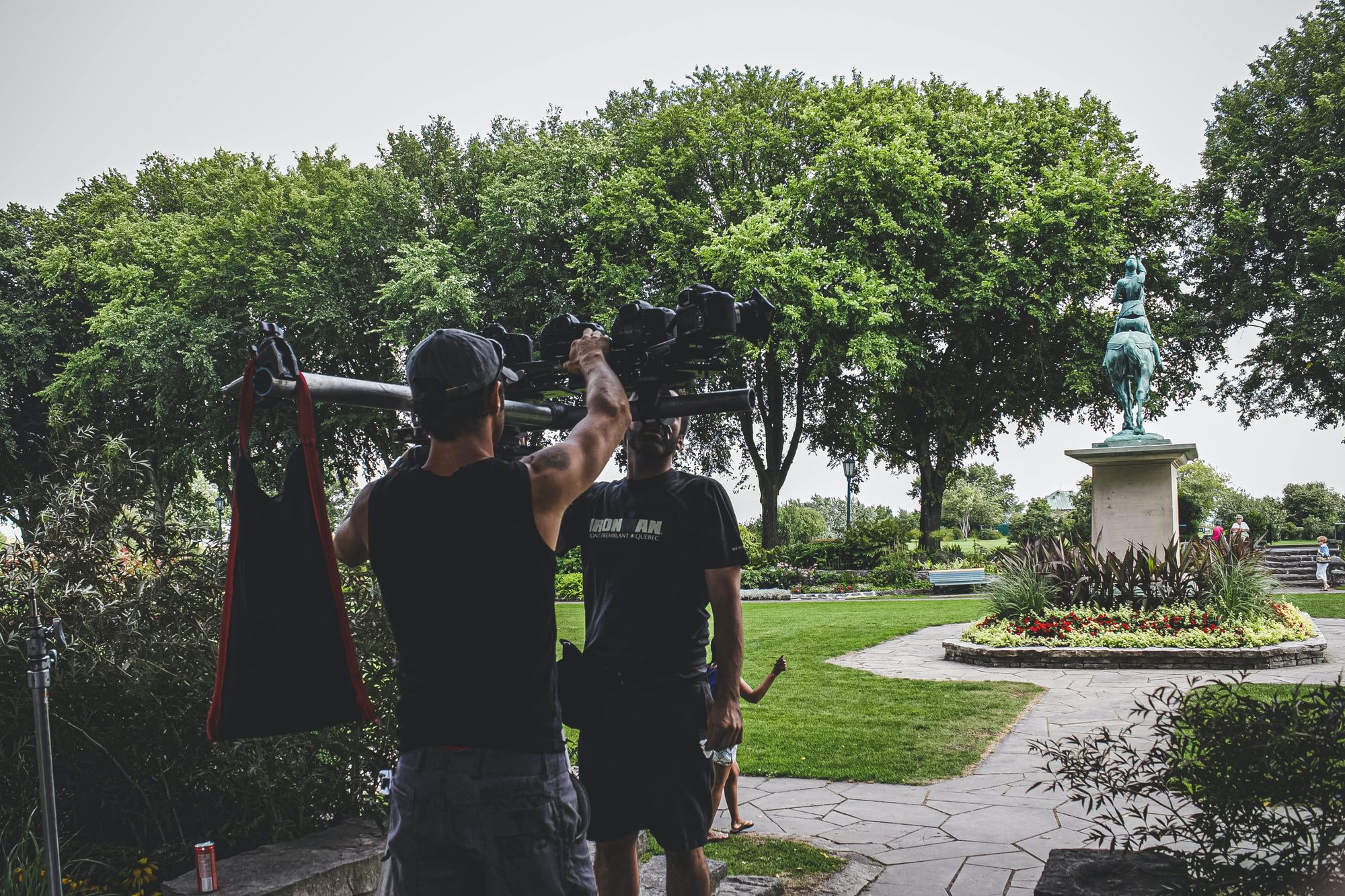High-Key Lighting: What Is It, When to Use It, and How to Achieve It
Rent film gear from local filmmakers.

Rent film gear from local filmmakers.
Hi, storyteller. If you are looking to create lit, airy and cheerful frames, this lighting technique will make it happen.
What is high-key lighting in film?
High-key lighting is a lighting technique that relies on brightness and low contrast. The shadows are minimal, and highlights are predominant. Mid-tones or mid-range tones become white, and whites become whiter.
This style is easy to produce and instantly induces a scent of joy to your scenes.
High-key lighting characteristics
- A lot of whites and light tones
- Soft light
- Delicate contrasts
- A young and joyful mood
High-key vs low-key lighting
Unlike high-key lighting, low-key lighting focuses on dark tones and heavy shadows. Shadows are accentuated by increasing the contrast between the subject and the environment.
While high-key lighting delivers happiness and comfort, low-key lighting creates tension, mystery, suspense. Plus, low-key lighting is perfect for isolating your subject and controlling the attention of your audience.
When to use high-key lighting in film?

This film lighting style is practical and functional, so it is not about the gear available or the circumstances but the feelings you evoke.
In that sense, you can apply it in the studio and outdoors, as long as soft light is available and there are no dark surroundings.
High-key lighting is appropriate when you want to make your shoots feel less intense and more dreamy. And no, I don't mean this is only suitable for yoga classes or cute babies (or cute babies taking yoga classes). Overall, use high-key lighting whenever you want to lift the mood of your frames.
High-key lighting examples
You will see it in sitcoms, comedies, and essentially in every movie that sounds like a happy family that wears matching sweaters and owns a Golden Retriever.
Besides cheerfulness, you can use high-key lighting to produce a glossy heaven-like scenario like hallucinations, ghosts or angels. Some examples include "Mamma Mia" (2008) and "Ghost" (1990) (you've seen both, I know you have).
Nevertheless, you can use high-key lighting outside of Hollywood. As a marketing professional, this style is ideal for health and beauty related commercials. Also, if you're into the art of filmmaking, this lighting technique is perfect for capturing special occasions like weddings, birthdays, etc.
Why use high-key lighting

As a filmmaker, your lighting setup will be crucial to inform the viewer what they are supposed to be feeling.
That said, using high-key lighting is your way to create a lively and happy ambience, and, as you've noticed from the examples, it has various applications.
Besides being practical and versatile, this technique is very accessible. For instance, you hardly need studio lights if you start with a well-lit room with natural light. Also, as the goal is to achieve a homogenous look (an even amount of light across the whole scene), you don't need to worry about where to place shadows as much as you do with other lighting setups.
How to achieve high-key lighting
The secret to creating high-key frames is using large light sources, which will produce a lot of brightness and delicate shadows. Small light sources have more rigid contrasts (and we don't want that), hence using large softboxes or diffusers is ideal for this style.
Although a single key light may be enough to achieve your goal, using a fill light is a good idea. Since you aim to minimize the shadows, make sure this one is not much weaker than the key light, or the contrast will be evident.
Also, as we want illumination to be predominant, using lighter backgrounds will avoid light being absorbed.
What's next? Learn how to nail low-key lighting
Low-key lighting is all about heavy contrast and dark tones, and its goal is to produce a mysterious and dramatic atmosphere. Essentially, low-key lighting generates the exact opposite of what high-key lighting does.
"Great", you might be thinking, "Then it's only a matter of turning things around and voilá!".
Not quite.
Learn everything you need to know about the low-key lighting.
How does high-key lighting affect your film's look?
It creates an upbeat and joyful mood.
What is an example of high-key lighting in film?
Sitcoms.
What is high key vs low key lighting?
Two "opposite" lighting setups: low key lighting focuses on dark tones while high key light on white tones.
How to capture high-key lighting shots?
Using soft lights and a light background.






















